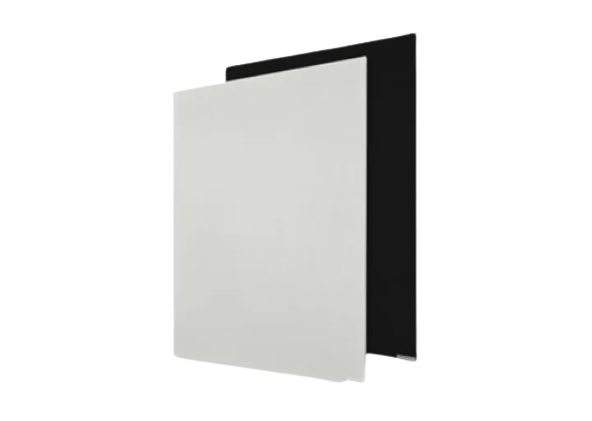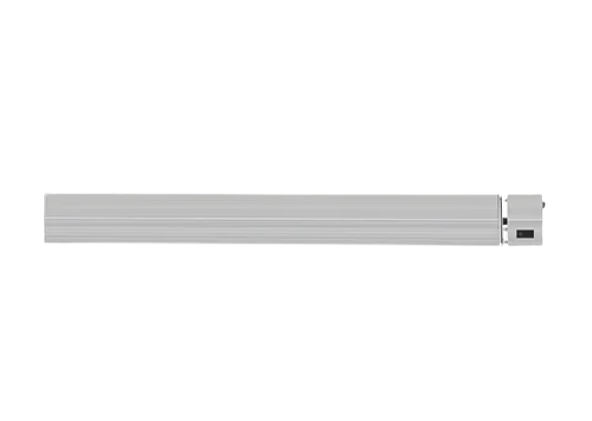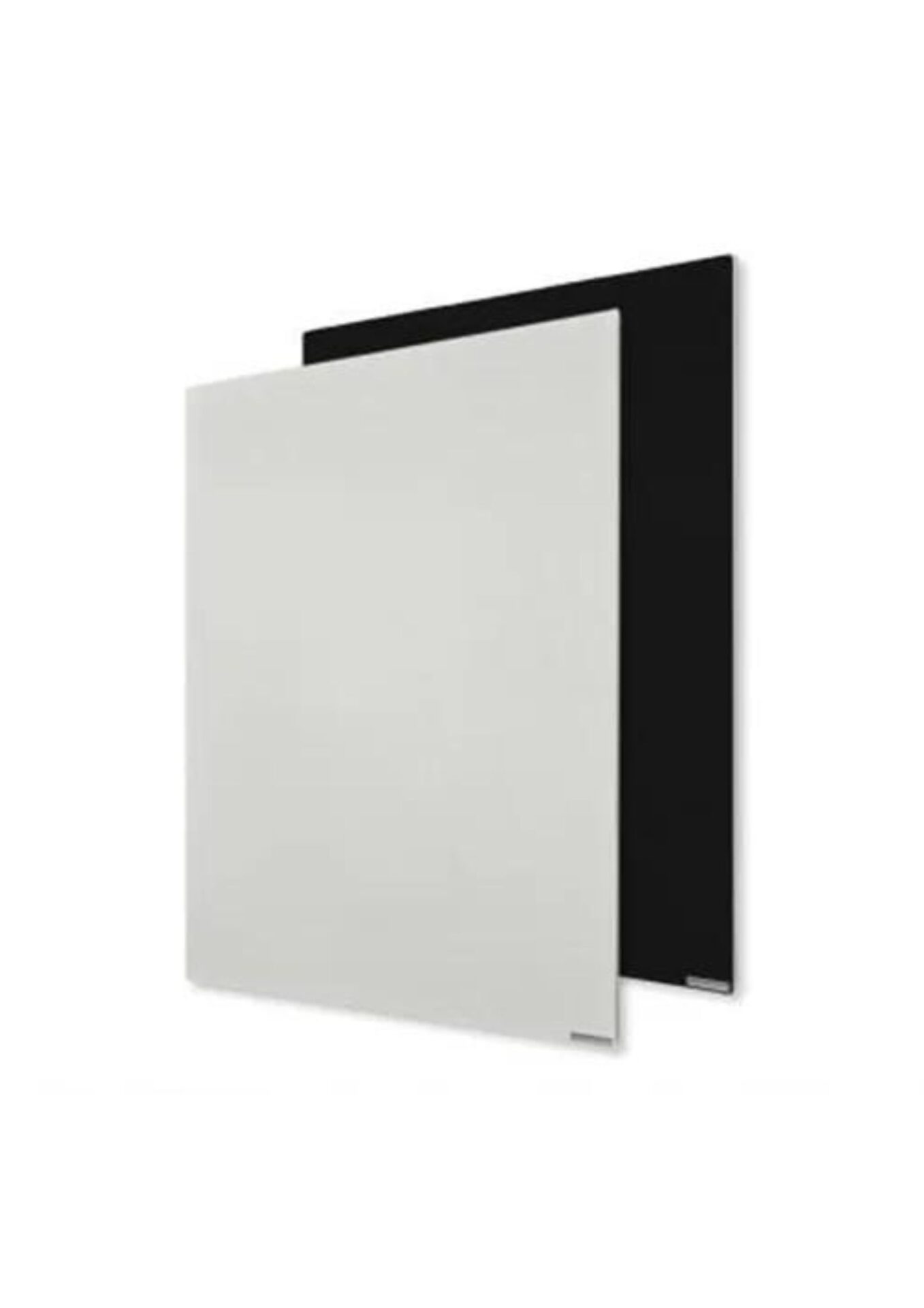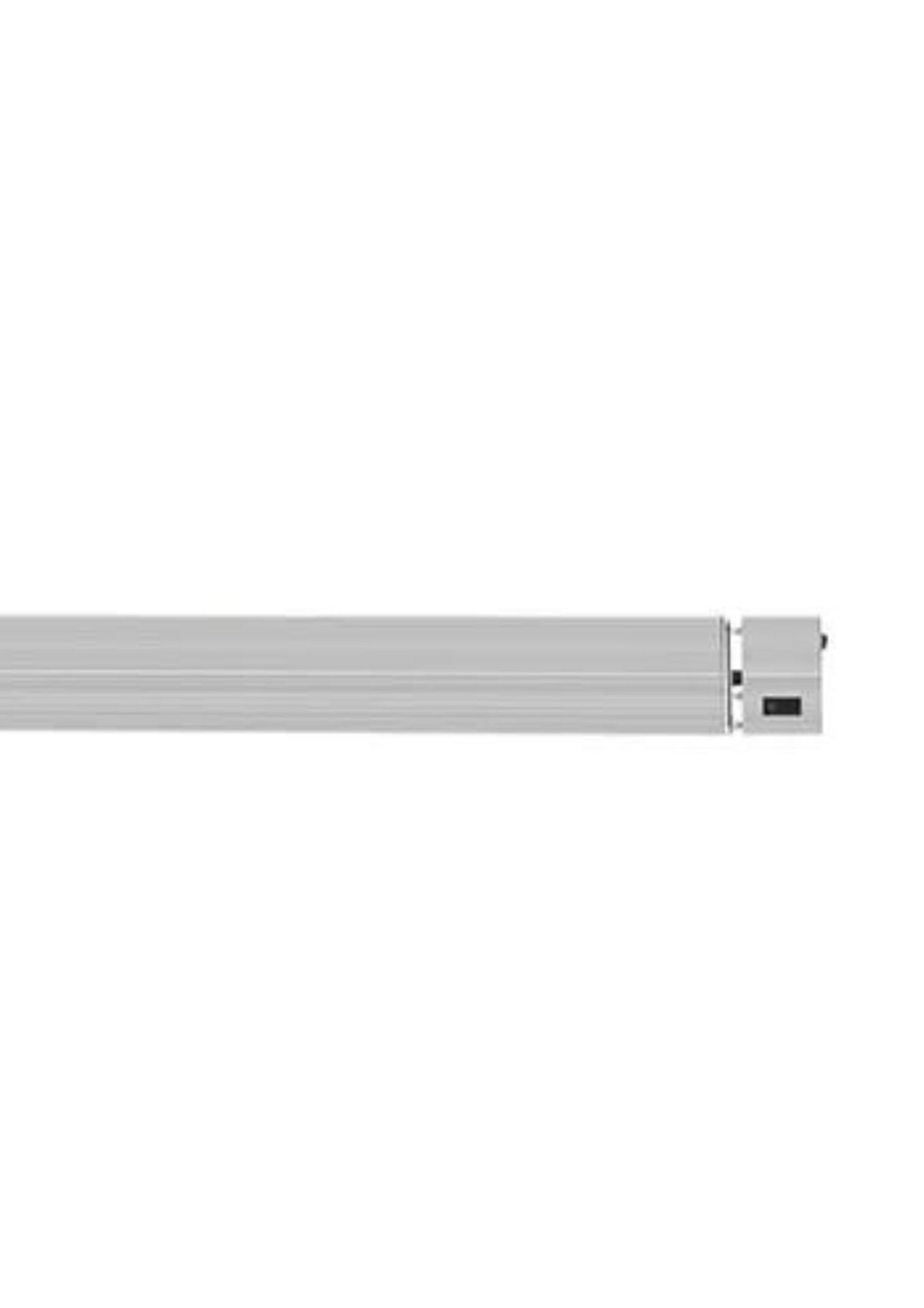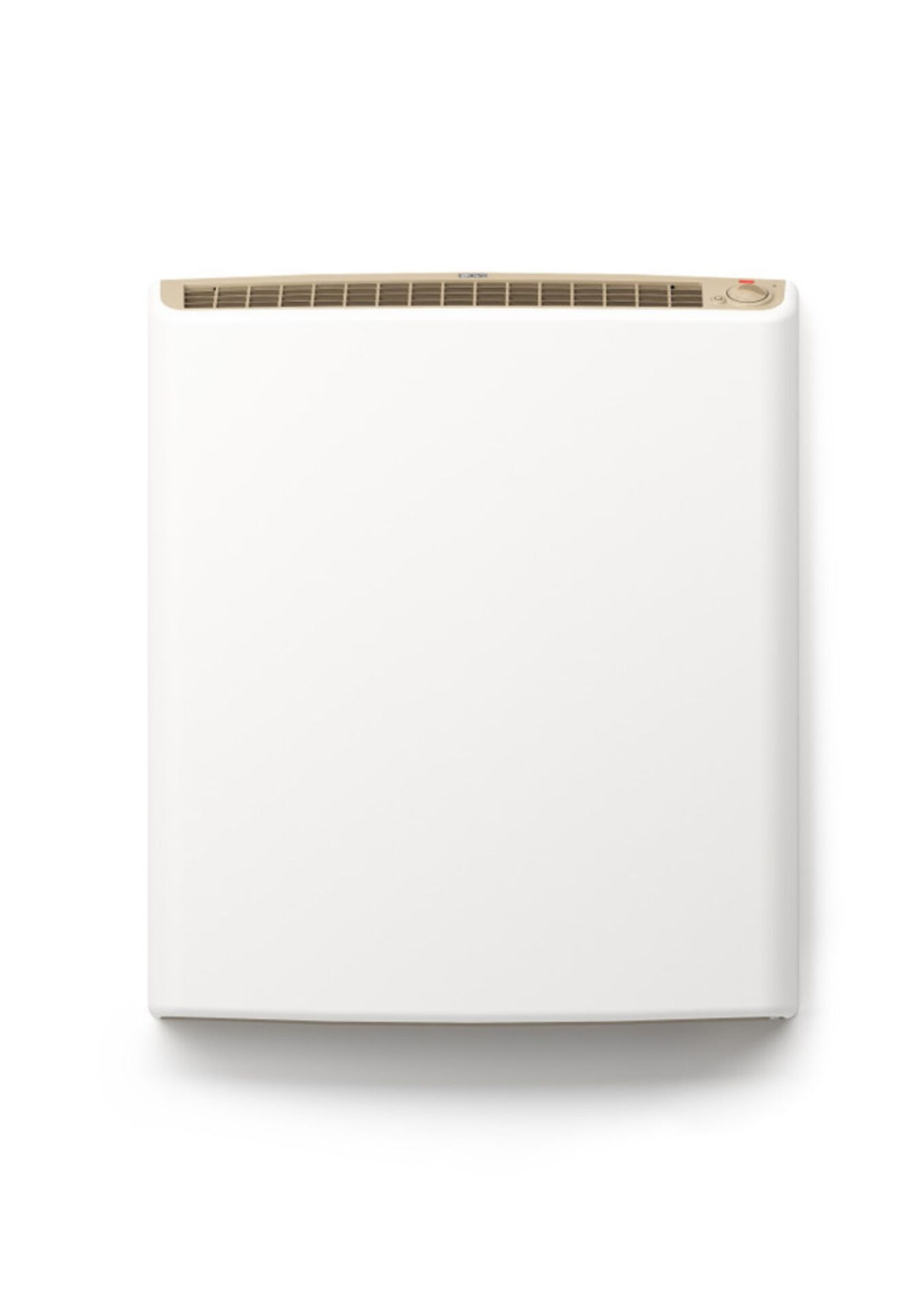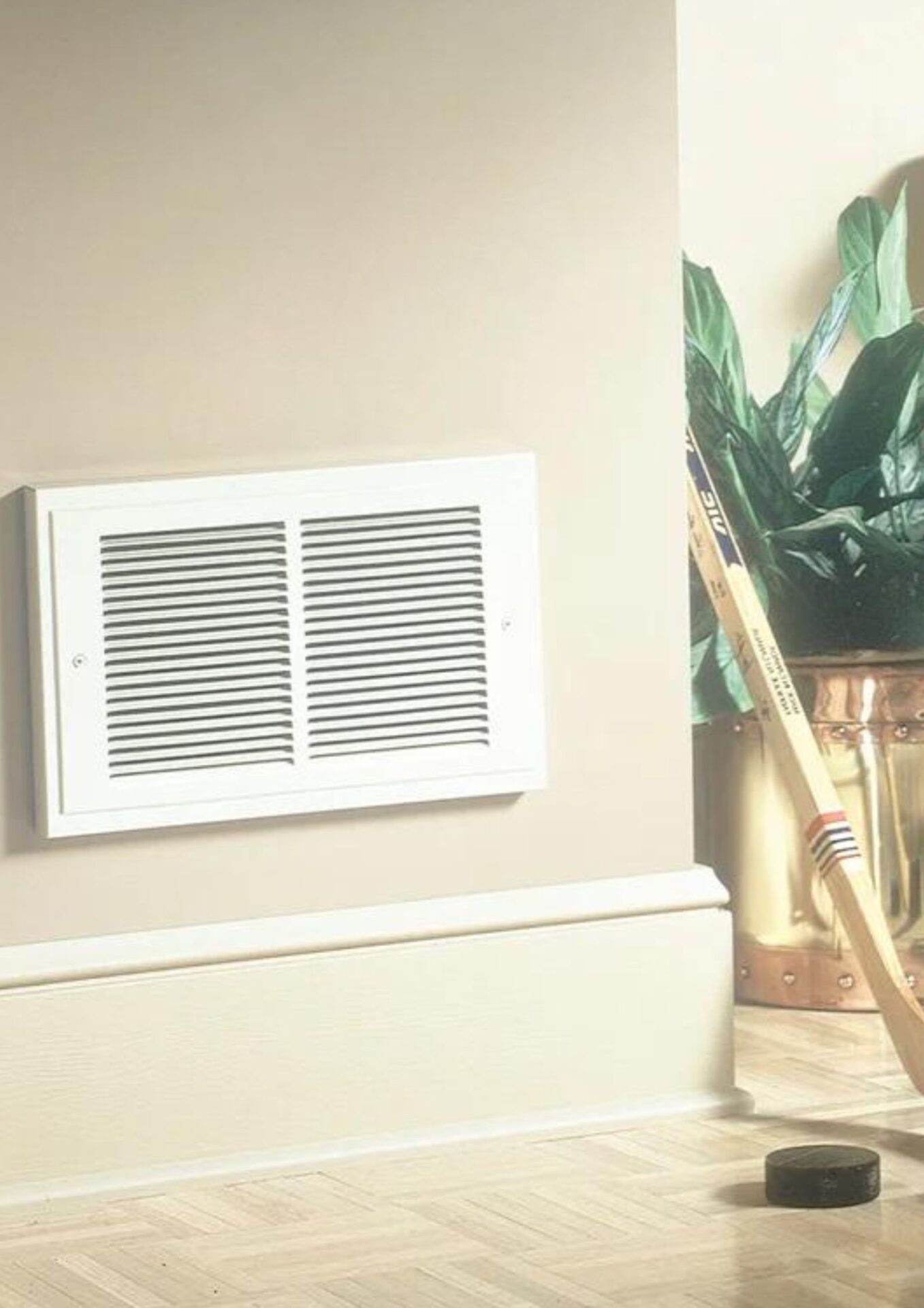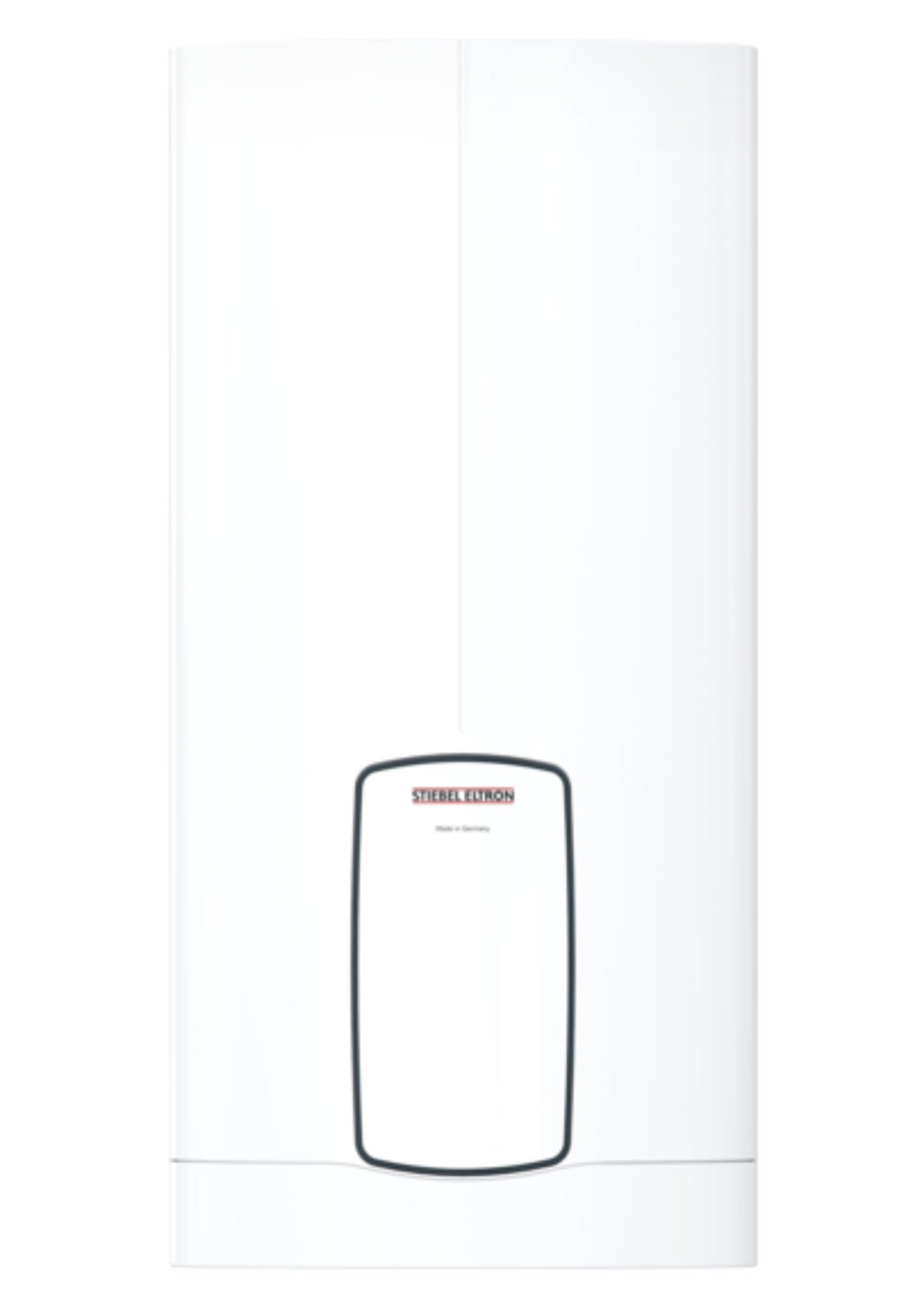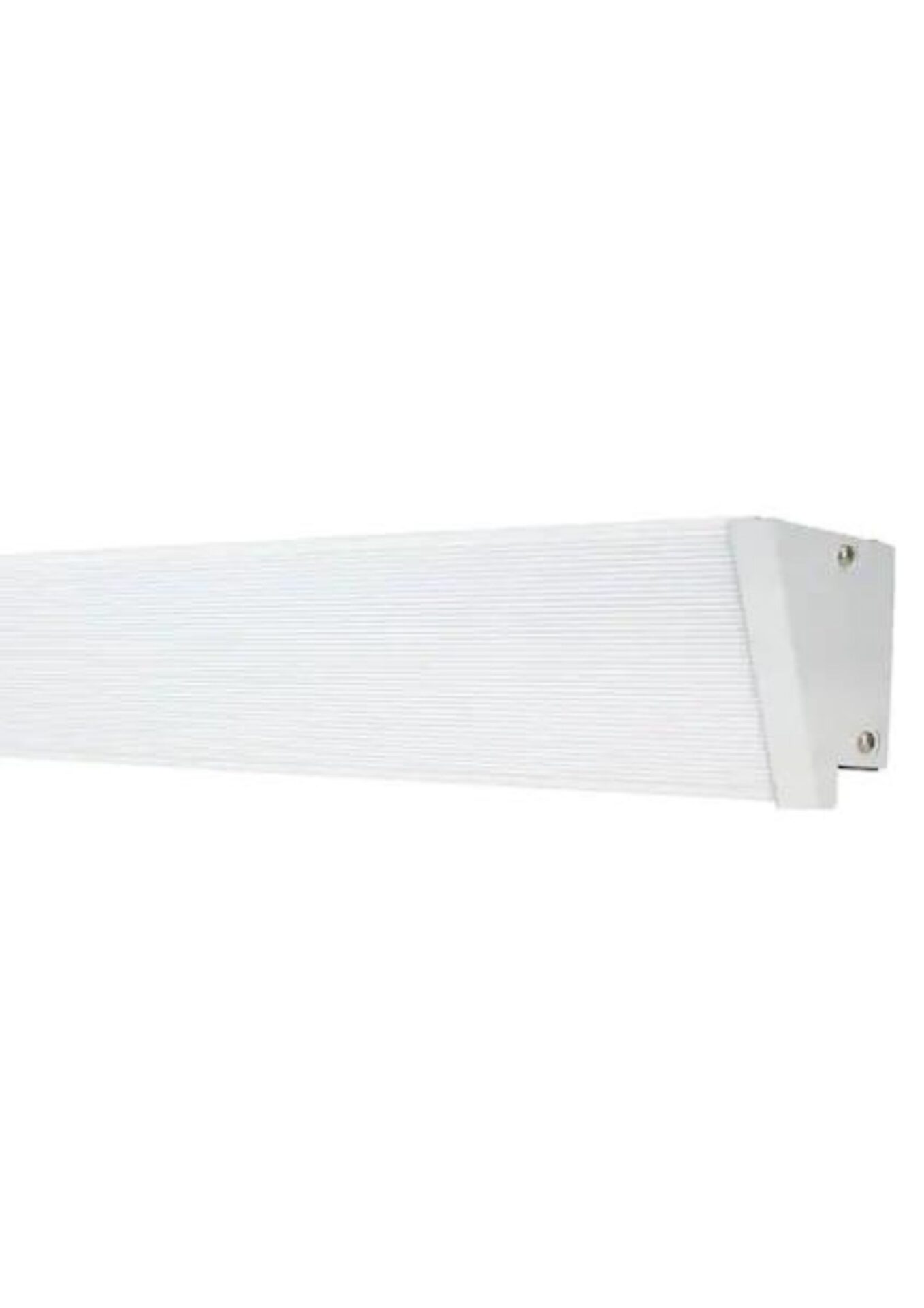Our Top 3 Electric Wall Heaters for Bathrooms
Top 10 Best Electric Wall Heaters for Bathrooms
1 - Picture Radiant Heat Panel
Expertly designed, this heater lets you choose high-resolution images on its glass panel, available in both gloss and matte finishes. Manufactured in Germany, it utilizes energy-efficient radiant heating technology and ESG Safety Glass. With seven distinct sizes and power outputs, there’s an option for every bathroom size. It’s also compatible with the Herschel MD2 thermostat for smooth control.
Price: $529.00 – $1,399.00
Key Features
- Customizable high-resolution image panel
- ESG Safety Glass construction
- Compatible with Herschel MD2 thermostat
- Customizable design
- Energy efficiency
- Broad size range
- Might be pricey for some budgets
2 - Mirror Radiant Heat Panel | 240V
Marrying style with functionality, this made-to-order German heater offers efficient infrared heating. As a steam-free mirror heater, you’re assured of clear reflections, while its Mirror Safety Glass prevents condensation. Its luxury finish and compatibility with Herschel iQ controls make it a prime choice.
Price: $529.00 – $1,399.00
Key Features
- Efficient infrared heating
- Steam-free mirror with Mirror Safety Glass
- Compatible with Herschel iQ controls
- Steam-free
- Aesthetic design
- Smart operation compatibility
- Higher price point
3 - White Frameless Radiant Heat Panel
This German-made heater boasts a frameless design that adds a sleek touch to any space. The energy-efficient technology guarantees reduced utility bills, and its powder-coated aluminum surface ensures longevity.
Price: $469.00 – $799.00
Key Features
- Sleek frameless design
- Powder-coated aluminum surface for durability
- Excellent technology
- Aesthetic frameless design
- One of the most energy efficient wall heaters
- Durable build
- Limited to wall or ceiling mounting
4 - Glass Radiant Heat Panel
Custom-made in Germany, this heater offers a luxurious touch with its Enforced Safety Glass. Available in white or black, it’s wall-mounted for space optimization and is compatible with Herschel iQ controls for an enhanced user experience.
Price: $579.00 – $999.00
Key Features
- Enforced Safety Glass construction
- Available in black or white
- Compatible with Herschel iQ controls
- Elegant design
- Smart control compatibility
- Quality craftsmanship
- Only wall-mountable
5 - White Radiant Space Panel Heater
This zero light infrared heater is discreet yet powerful with its 2.6kW Herschel Kanthal elements. Suitable for both indoor and outdoor usage, it offers two power settings and a timer function, ensuring maximum comfort.
Price: $799.00
Key Features
- Zero light infrared heater with 2.6kW Herschel Kanthal elements
- Suitable for both indoor and outdoor usage
- Timer function with two power settings
- Minimal design
- Versatile mounting
- Energy-efficient
- Single price point
- May not suit larger spaces
6 - Black Radiant Space Panel Heater
Mirroring its white counterpart, this stylish heater is discreet and boasts 2.6kW Herschel Kanthal elements. Its GE IR enhancement coating further optimizes its performance.
Price: $469.00- $799.00
Key Features
- Efficient heating with 2.6kW Herschel Kanthal elements
- GE IR enhancement coating
- Discreet design
- Good wall heater for a smaller bathroom
- Versatile mounting
- Enhanced coating for performance
- May not cater to more extensive spaces
7 - Envi 120v Hardwired Electric Panel Wall Heater
Presenting the 3rd Generation Envi heater, this model is a blend of efficiency and innovation. Its 120 volt hardwired system comes with a built-in thermostat, offering optimal comfort with enhanced safety features.
Price: $179.95
Key Features
- 3rd Generation Envi heater model
- 120-volt hardwired system with built-in thermostat
- Enhanced safety features
- Energy-efficient
- Modern design
- Safety features
- May not be suitable for larger rooms.
8 - Broan-NuTone, White 198 High Capacity Wall Heater
This wall heater from Broan-NuTone offers a high capacity solution, operating at 4000W and 240VAC. Its design emphasizes durability and simplicity, ensuring both safety and ease of use.
Price: $328
Key Features
- High capacity operation at 4000W and 240VAC
- Durable and straightforward design
- Safety and ease of use emphasized
- High capacity
- Versatile wattage
- Durable design
- May not suit minimalist decor preferences.
9 - Stiebel Eltron Komfort Wall Heater
A modestly priced heater, it delivers up to 5118 BTU, ideal for rooms up to 150 sq. ft. Built-in thermostat controls and safety switches ensure user comfort and security.
Price: $129
Key Features
- Heating up to 5118 BTU suitable for rooms up to 150 sq. ft.
- Built-in thermostat controls
- Safety switches for user security
- Affordable
- Built-in safety features
- Quiet operation
- Limited heating capacity
10 - KING Kcv Up to 420-Watt 120-Volt Radiant Heater
This heater, offering both radiant and convection heat, ensures uniform warmth dispersion. Its design facilitates space optimization, and with no moving parts, it ensures quiet, maintenance-free operation.
Price: $418
Key Features
- Both radiant and convection heating
- Design optimized for space-saving
- Quiet operation with no moving parts
- Dual heating modes
- Space-saving
- Quiet
- Might not be adequate for very large spaces
Best Bathroom Wall Heater Summary
| Rank | Product Name | Energy-Efficient | Built-in Thermostat | Radiant Heat | Infrared Tech | Safety Features |
|---|---|---|---|---|---|---|
| 1 | Picture Radiant Heat Panel | ✓ | ✓ | ✓ | ||
| 2 | Mirror Radiant Heat Panel | 240V | ✓ | ✓ | ✓ | ✓ |
| 3 | White Frameless Radiant Heat Panel | ✓ | ✓ | |||
| 4 | Glass Radiant Heat Panel | ✓ | ✓ | ✓ | ||
| 5 | White Radiant Space Panel Heater – 2600 Watts | ✓ | ✓ | ✓ | ||
| 6 | Black Radiant Space Panel Heater – 2600 Watts | ✓ | ✓ | ✓ | ✓ | |
| 7 | Envi 120v Hardwired Electric Panel Wall Heater | ✓ | ✓ | ✓ (Wall-Sens™) | ||
| 8 | Broan-NuTone, White 198 High Capacity Wall Heater | ✓ | ✓ | |||
| 9 | Stiebel Eltron Komfort Wall Heater | ✓ | ✓ | |||
| 10 | KING Kcv Up to 420-Watt 120-Volt Radiant Heater | ✓ |
Key
- Energy-Efficient: The heater uses energy-saving technology or methods.
- Built-in Thermostat: The heater comes with a thermostat to control the temperature.
- Radiant Heat: The heater uses radiant heating technology.
- Infrared Tech: The heater uses infrared technology.
- Safety Features: The heater has features (like auto shut-off or safety sensors) to ensure safe use.
Alternatives to Electric Wall Heaters
While electric wall heaters are popular for their efficiency and space-saving attributes, several other heating options might better suit certain needs or preferences. Here’s a breakdown of some notable alternatives:
1. Electric Underfloor Heating
Electric underfloor heating systems use electrical wires or heating mats to produce heat. These are typically laid beneath the floor surface, radiating warmth upwards and ensuring even heat distribution.
Advantages:
- Even and consistent heat distribution throughout the room.
- Invisible heating solution, preserving room aesthetics.
- Typically more energy-efficient for rooms with high ceilings.
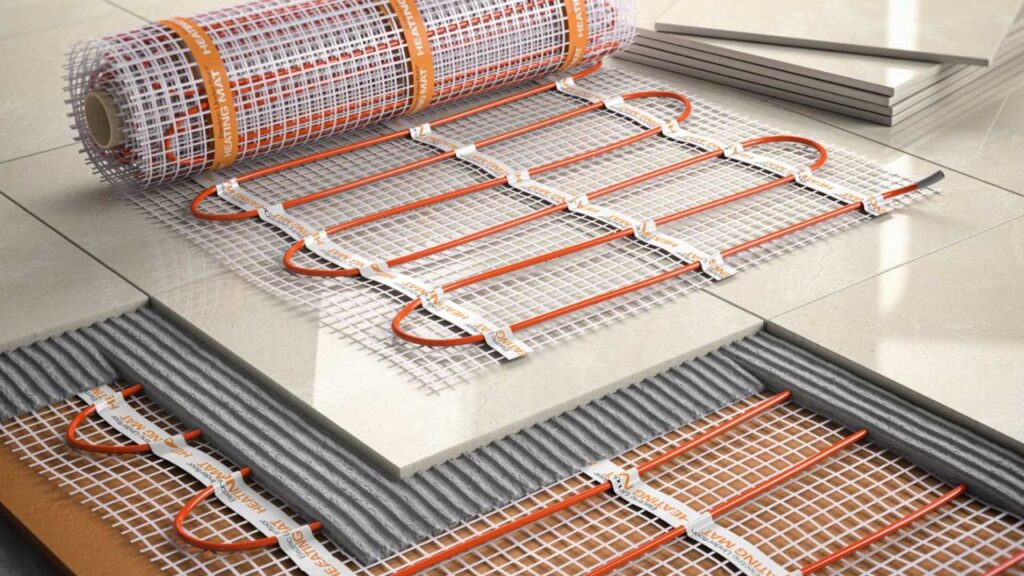
2. Water Underfloor Heating
Water-based or hydronic underfloor heating systems use a network of pipes beneath the floor to circulate warm water, producing a consistent radiant heat.
Advantages:
- Highly energy-efficient, especially when integrated with a modern condensing boiler or a heat pump.
- Suitable for larger areas or entire properties.
- Lower running costs compared to electric underfloor heating, although installation costs can be higher.

3. Portable Electric Heaters
These are standalone units that can be moved from room to room. They plug into a standard outlet and provide immediate warmth, making them versatile.
Advantages:
- Mobility allows for targeted heating.
- No installation required.
- Variety of styles and sizes to fit different needs.
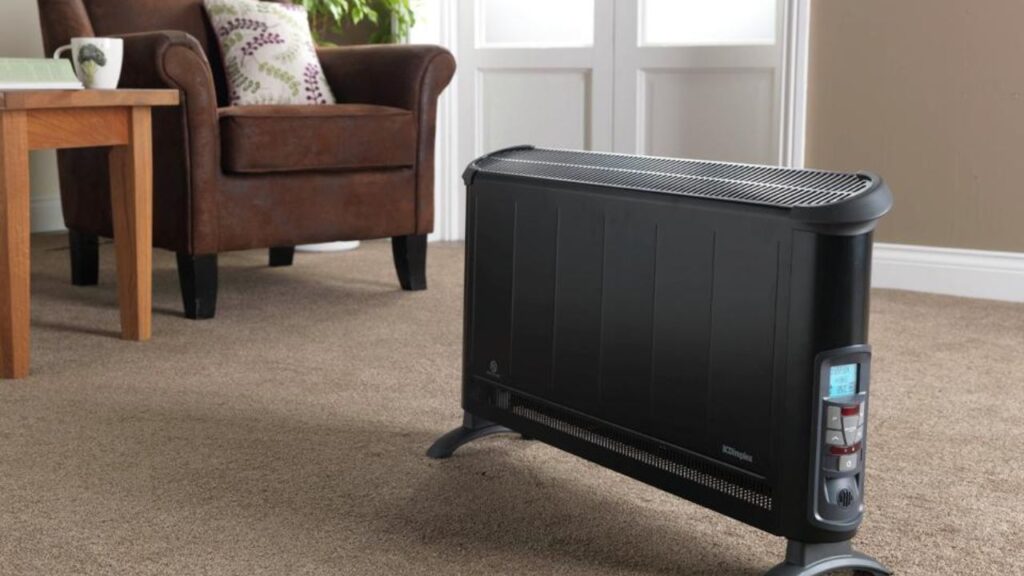
4. Central Heating Radiators
Connected to a central boiler, these radiators distribute heat throughout the home using hot water. They are typically made of metal and can be wall-mounted or freestanding.
Advantages:
- Efficiently heats larger spaces or entire homes.
- Offers zonal heating control when used with thermostatic radiator valves.
- Reliable and time-tested solution.

5. Heat Pumps
Heat pumps extract heat from external sources (like the air or ground) and amplify it to warm the interiors. They can be used for both heating and cooling.
Advantages:
- Highly energy-efficient, reducing energy bills.
- Environmentally friendly as they use renewable heat sources.
- Can serve multiple rooms and offer a consistent temperature.

What Makes A Good Electric Wall Heater?
A quality electric wall heater exhibits several features, including consistent performance, energy efficiency, safety, and user-friendly controls. In bathrooms, where the environment tends to be moist, an electric wall heater should also be designed to prevent condensation and mold growth.
Performance
It should heat the space quickly and maintain a steady temperature.
Energy Efficiency
A good heater minimizes electricity consumption, resulting in reduced utility bills.
Safety
It should come with safety features such as overheat protection, tip-over switch, and child lock.
User-friendly Controls
Digital displays, remote controls, and programmability make usage more convenient.
Moisture Resistance
Given the humid environment of a bathroom, it should be able to operate without promoting mold growth or being damaged by occasional water splashes.
What Types of Electric Wall Heater Are There?
Electric wall heaters have evolved over the years to offer homeowners a range of efficient and aesthetic solutions for their heating needs. As technology has advanced, manufacturers have introduced various types, each tailored for specific requirements and preferences.
Before we look in to the best bathroom heaters, familiarize yourself with a quick rundown of the different kinds of electric wall heaters available:
Convection Heaters
They warm the air near the unit and rely on natural air circulation to distribute the heat.
Radiant Heaters
Using infrared technology, they heat objects and people directly, providing warmth instantly.
Fan-forced Heaters
These heaters use a fan to spread the warmed air, heating up a space more quickly than natural convection.
Ceramic Heaters
The heating element is encased in ceramic, which increases heat transfer and safety.
Infrared Panel Heaters
They produce radiant heat, ensuring the objects get warm directly rather than the air.
Baseboard Heaters
Installed low on the wall, they use natural convection to heat the room.
Benefits of Electric Wall Heaters for Bathrooms

In modern homes, comfort and efficiency often go hand in hand, especially in spaces like bathrooms where warmth and coziness are paramount.
Electric wall heaters, with their numerous advantages, have emerged as the go-to choice for many homeowners looking to enhance their bathroom experience. Here are some key benefits of integrating these heaters into your bathroom space:
Space-Saving
As they’re wall-mounted, they save precious floor space.
Quick Heating
Ideal for bathrooms as they can warm up a space swiftly.
Safety
They are typically installed out of reach, minimizing accidents.
Moisture Control
Helps to reduce condensation, keeping the bathroom dry and mold-free.
Cost-effective
They consume less electricity compared to other heating options.
Electric Wall Heaters Pros and Cons
| Pros | Cons |
|---|---|
| Energy efficient | Initial installation cost |
| Space-saving design | Might require professional installation |
| Quick heating capability | Limited to one room |
| Deters mold growth | Needs maintenance and cleaning |
What to Avoid with Electric Bathroom Wall Heaters

Ignoring Safety Protocols
When installing electric bathroom wall heaters, it’s paramount to prioritize safety. Position the heater away from water sources to prevent any risk of electrical mishaps. Always follow the manufacturer’s guidelines and consider seeking professional assistance for installation.
Choosing Low-Quality Products
It might be tempting to save a few bucks by going for cheaper heaters, but compromising on quality can have long-term consequences. Low-quality heaters might not only be inefficient but could also pose potential hazards. It’s advisable to research, for example by reading wall heater reviews, and invest in reputable brands.
Overloading Circuits
Each home has a specific electrical capacity. Before installing your heater, ensure that your home’s electrical system can accommodate the power requirements of the heater. Overloading circuits can lead to blown fuses, tripped breakers, and in the worst cases, electrical fires.
Blocking the Heater
Ventilation is key for electric heaters to operate efficiently and safely. Blocking the heater’s vents can cause overheating, reducing the heater’s lifespan and increasing the risk of fire. Always ensure that there’s enough space around the heater, and avoid placing any objects or furniture too close.
Skipping Maintenance
Regular maintenance not only ensures optimum performance but also prolongs the life of your heater. Dust and debris can accumulate over time, reducing the heater’s efficiency. Periodically clean the heater and inspect it for any signs of wear or damage. If any components appear compromised, consider repairs or replacement.
Frequently Asked Questions
How energy efficient are wall heaters for bathrooms?
Wall heaters, particularly the top-tier electric wall heaters, are specifically engineered to optimize energy consumption. They have become a preferred choice for many homeowners due to their energy efficiency.
Compared to traditional heaters, these wall heaters typically consume less electricity. This not only helps in reducing carbon footprint but also leads to significant savings on energy bills. Many of these heaters also come with energy-saving features such as programmable thermostats, timers, and eco modes, which further enhance their energy efficiency.
What’s the difference between radiant and convection heating?
At a fundamental level, radiant and convection heating use different methods to warm up a space.
Radiant Heating
This type of heating emits infrared radiation that directly warms up objects and people in its path. Instead of warming the air, radiant heaters directly transfer heat to solid objects, including the human body. This can lead to a more immediate and localized feeling of warmth. Sunlight is a natural example of radiant heat; when you stand in the sun, you feel its warmth directly on your skin even if the surrounding air is cold.
Convection Heating
Convection heaters work by warming the air. They operate on the principle that warm air rises and cold air sinks. As the heater warms the air near it, this air rises and disperses throughout the room, and cooler air is drawn towards the heater. Over time, this circulation process leads to an even distribution of warm air throughout the space. This method might take a little longer to feel warm, but it ensures that the entire room reaches a consistent temperature.
Conclusion
Selecting the ideal electric wall heater for your bathroom can greatly enhance comfort and safety. This guide showcased the top contenders available, highlighting their primary advantages and distinct features. Armed with this knowledge, you’re better positioned to choose a heater that perfectly fits your needs, ensuring a warm and secure bathroom environment.
For more energy-efficient heating solutions, head to Green Wave Distribution.






